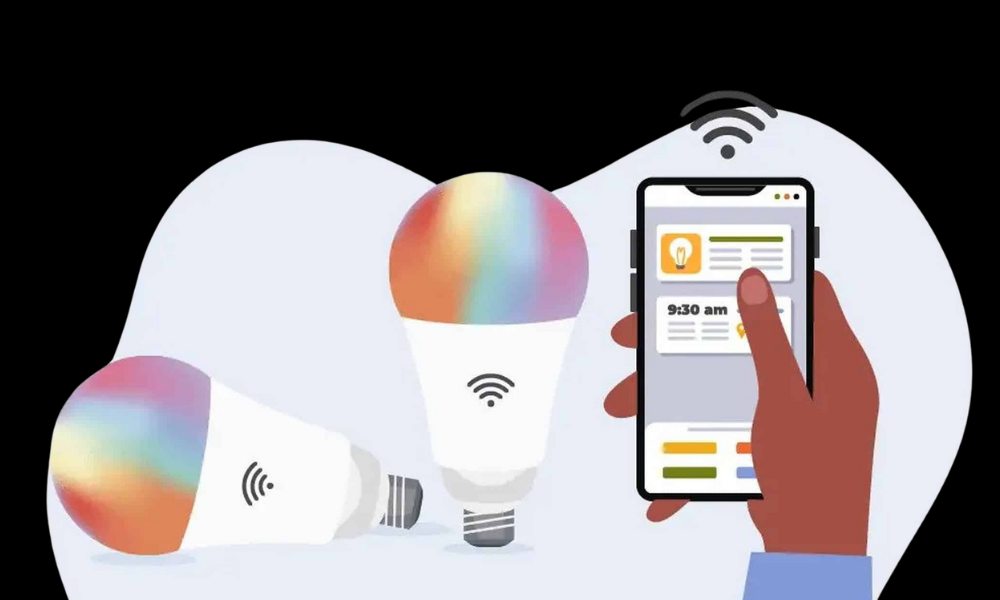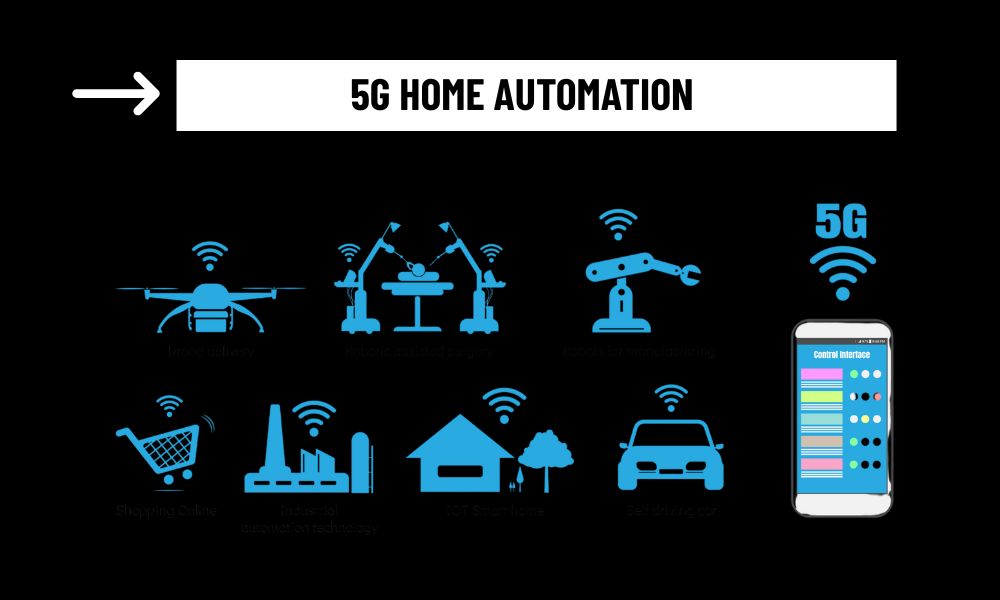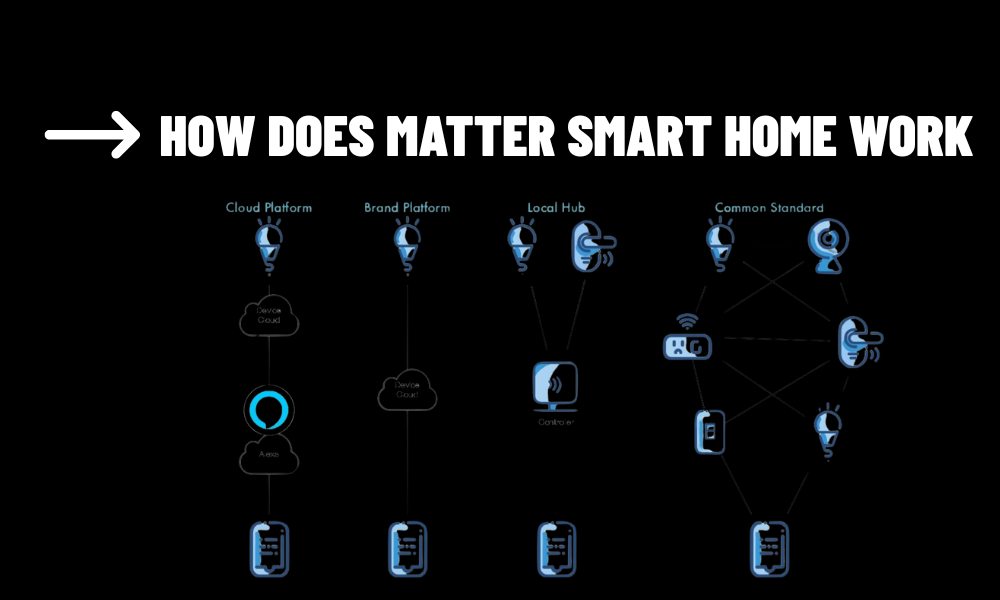Lighting has always played a critical role in shaping how we experience our homes. From creating ambiance to enhancing productivity and providing security, the right lighting setup can transform a space. Today, thanks to the rise of connected devices, smart lighting is taking that experience to the next level. But beyond the ability to control lights with your phone, how does smart home lighting work, and what technology makes it possible?
Understanding the mechanics behind smart lighting reveals a world of wireless communication, sensor integration, and automation logic that brings everyday convenience to life.
Contents
What Makes Lighting ‘Smart’?
At its core, smart lighting refers to lighting systems that can be controlled remotely and respond to preset conditions or user behavior. These lights can be turned on or off, dimmed, color-changed, or grouped into scenes using apps, voice commands, or scheduled routines. However, their true value lies in automation and the seamless interaction with other smart devices in the home.
Smart lighting works by combining wireless connectivity with internal processing capabilities. Each bulb or switch contains a small chip that enables communication with other devices or a central controller. The communication can happen through various protocols like Wi-Fi, Zigbee, Bluetooth, or Thread, depending on the ecosystem.
How Does Smart Home Lighting Work?
To answer this, we need to explore both the hardware and the software that power the system. On the hardware side, smart light bulbs, switches, and dimmers are equipped with circuitry that allows them to receive commands and send feedback. They often connect to a hub or directly to your home network, depending on the setup.
The software layer is where the intelligence lies. Mobile apps or voice assistants like Alexa, Google Assistant, and Siri allow users to interact with their lighting system. But the real advantage comes from automation features—lights that respond to triggers such as time, occupancy, natural light levels, or routines. For example, a motion sensor in a hallway can automatically turn lights on when someone walks by, or lights can gradually brighten in the morning to mimic sunrise.
These automations are typically set through a home automation platform that allows users to define logic. For instance, if it’s after sunset and the front door opens, the entryway light turns on. Or during movie night, a single voice command can dim all the living room lights and switch the bulbs to a warmer tone.

The Role of Sensors and Integration
Smart lighting becomes more powerful when integrated with sensors and other smart home components. A light sensor can detect ambient brightness and adjust indoor lighting accordingly. Occupancy sensors help eliminate energy waste by turning off lights when no one is in the room. Even GPS from your smartphone can be used to trigger lighting scenes when you arrive home.
Integration with other devices is also key. When connected to a smart home ecosystem, smart lighting can interact with thermostats, blinds, and even your security system. These interactions enable more sophisticated scenarios that adapt to your lifestyle without the need for manual control.
Benefits Without the Complexity
One of the strengths of modern smart lighting systems is that they are designed for scalability and ease of use. You can start with a single smart bulb and gradually expand to full-room or whole-home setups. Installation varies depending on the product—some bulbs screw into existing sockets, while others require replacing wall switches—but the configuration is increasingly intuitive through app-based interfaces.
Despite the underlying complexity of communication protocols and automation logic, the goal of smart lighting is to simplify your daily life. You shouldn’t have to think about whether you left the lights on or fumble in the dark. Instead, your lighting system should simply respond—intelligently and invisibly.
So, how does smart home lighting work? It combines connected hardware, intelligent software, and real-time automation to create lighting systems that are responsive, efficient, and customizable. As the technology becomes more accessible and interoperable—especially with emerging standards like Matter—smart lighting is set to become a standard feature in modern homes. Beyond convenience, it’s a step toward more sustainable, comfortable, and personalized living.



